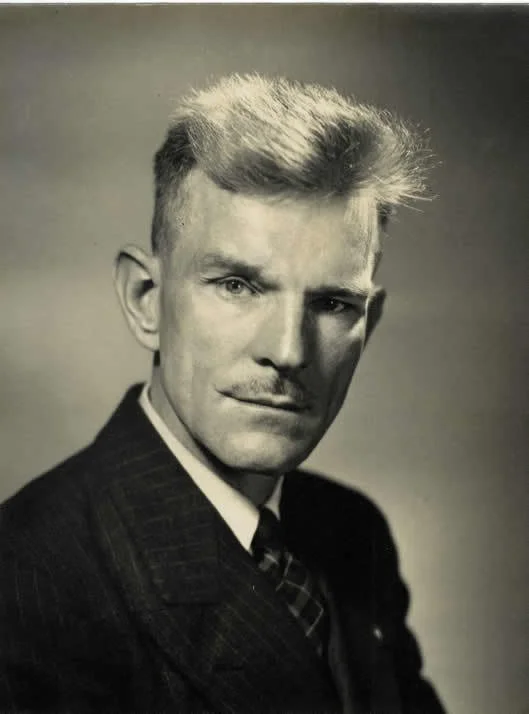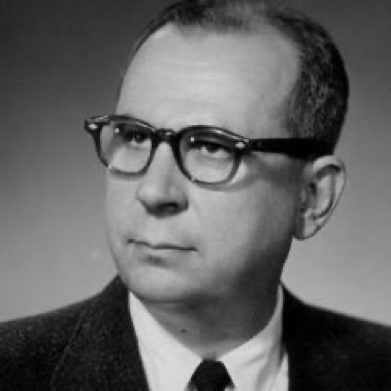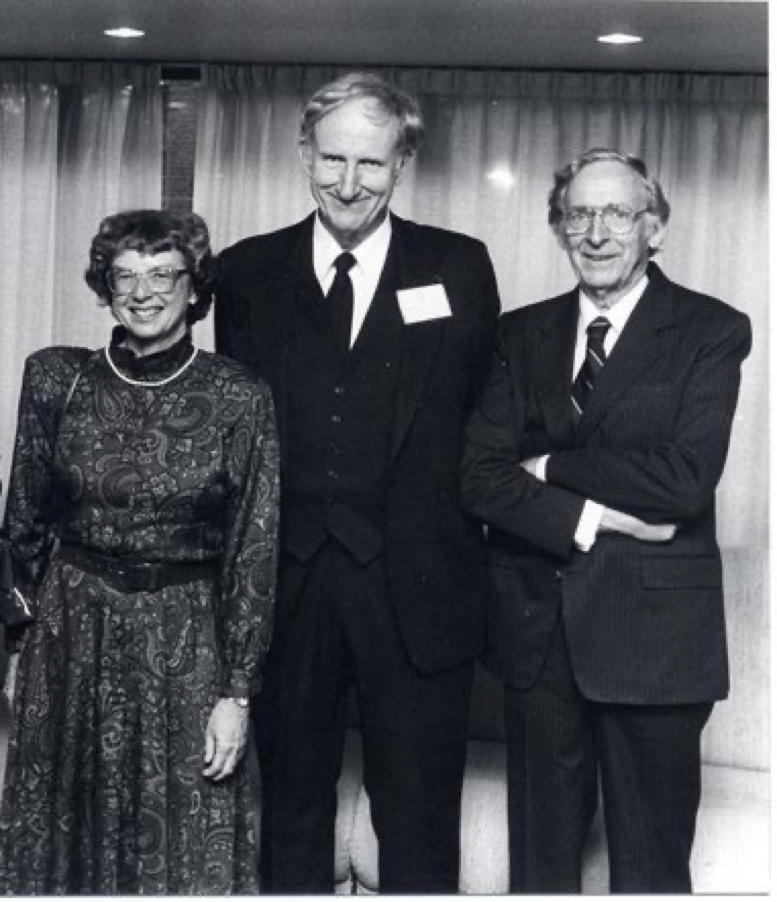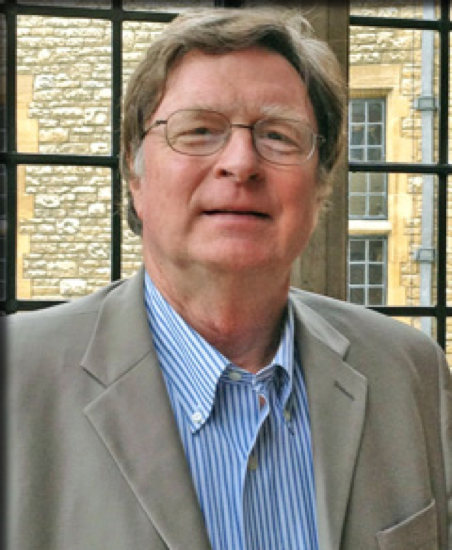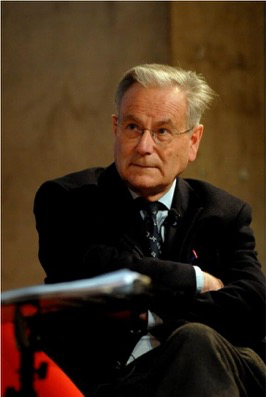
History of Ecological Economics
The Roots of Ecological Economics
Ecological economics (EE) is rooted in the diverse disciplines, life and times of a number of quite varied social and natural scientists and philosophers. The evolution of EE begins in the 18th century with the physiocrats' focus on the land as the source of wealth, and the discovery of the laws of thermodynamics in the 19th century that helped to reconcile biology and physics. It got a large boost with the economic and oil crises of the 20th century, and continues to focus on transitioning to less carbon intensive socio-economic systems (Cleveland, 1987, 1999; Czech, 2013; Rees, 2016).
The Political Economic Roots of EE: Physiocrats 1700’s
Beginning with the transition from mercantilism to classical economics, a French school of economics called physiocracy or ‘rule by nature’ briefly flourished. Quesnay (1758), Mirabeau (1763), and Dupont de Nemours (1767) developed the Tableau Economique (later adopted in neoclassical economics for general equilibrium and multisectoral input-output systems (Leontief, 1941; Meek, 1963)), and the conceptualization that the wealth of nations came directly from the surplus of the land. They theorized that the economy was driven by a Natural Law, composed of physical and moral laws, that transcended human free will (Quesnay, 1765). Adam Smith (1776) himself stated that “…with all its imperfections, [the Physiocratic system] is perhaps the nearest approximation to the truth that has yet been published upon the subject of political economy, and is upon that account well worth the consideration of every [human] who wishes to examine with attention the principles of that very important science.”
Thermodynamics 1800’s
The physiocrats' natural philosophy could not be developed further until the laws of thermodynamics and the meaning of energy, more generally, were discovered in the 19th century. Scientific curiosity led 28-year-old Sadi Carnot (1824) to stumble upon thermodynamics when he encountered an efficiency limit that steam engines could not exceed. His work on heat and energy transformations was an imperative for the bourgeoning industrial economy, and laid the foundation for Rudolf Clausius (1851, 1867) who, with the help of Lord Kelvin, formulated the first law of thermodynamics (which states that the total quantity of energy is conserved), and to develop the concept of entropy which allowed him to formalize the second law of thermodynamics (which states that the total quality of energy is not conserved).
The discovery of the laws of thermodynamics provided the scientific foundation to reconcile biology and physics, and provided natural and social scientists with the framework to observe and study the role of available energy flows in the coevolution of socio-economic systems. The following are three interesting applications of this framework at the turn of the 19th century. Herbert Spencer (1880) was an evolutionary biologist who realized that humans had evolved to deal with the tendency for increasing entropy by investing energy derived from nature to maintain their socio-economic systems. Sergei Podolinsky (1883) was a Ukrainian socialist who, after analyzing the thermodynamics of the economy and the labor theory of value, concluded that the scientific socialism of Frederick Engels was problematic because it relied on unlimited material expansion (which is the same sustainability problem of capitalism), and used concepts of energy flow and surplus that would later become the backbone of biophysical and ecological economics (Martinez-Alier and Naredo, 1982). Lastly, Wilhelm Ostwald (1907, 1911) was a German chemist, who believed that thermodynamics should be the foundation to all sciences, and applied his understanding of energy to explain that human history was marked by energy transformations.
Biophysical Economics 1900’s
Building on this thermodynamic foundation, the 20th century saw an insurrection of biophysical thought led by creative thinkers in the natural and social sciences who had the audacity to get out of their disciplinary boxes to question conventional thinking. The mathematical biologist Alfred Lotka (1922) described evolution as a race between energy transformers whose existence relied on capturing available energy in the most efficient way possible for the preservation of the species. In Elements of Physical Biology, Lotka (1925), introduces the term ‘biophysics’ (later adopted in biophysical economics), and the theories he lays out there (including “maximum power”) would become instrumental in the development of ecosystem science and energetics that system ecologists would apply decades later to natural and social systems.
Frederick Soddy, a Nobel laureate in chemistry, theorized that wealth creation was ultimately biophysical in nature, and, thus, “the principles and ethics of all human conventions must not run counter to those of thermodynamics” (Soddy 1922, p.9). Consequently, this led Soddy (1926, 1933) to publish Wealth, Virtual Wealth and Debt, where he concluded that the Achilles heel of economics was its disregard for the thermodynamics of real wealth. Instead the financial sector relies on mathematical laws (e.g. compound interest) to create ‘virtual’ wealth derived from debt that lacks a physical dimension. Furthermore, Soddy realized the ‘flamboyant’ pre-depression era of the 1920s was made possible by an energy transition that replaced humans' reliance on “energy revenue” (solar energy) with high concentrations of “energy capital” (fossil fuels), which could not last forever (for more on Soddy's economic thought see Daly, 1986).
Another prominent foundation of biophysical thinking is the work of Leslie A. White, an unconventional anthropologist who believed that the evolution of human culture was inextricably linked to energy. Writing during WWII, White (1943) described civilization as a form or organization of energy, and believed that culture, being a kind of behavior, could be treated as a manifestation of energy use. This led White to propose the law of cultural evolution (White's law) stating that “culture develops when the amount of energy harnessed by man per capita per year is increased; or as the efficiency of the technologicalmeans of putting this energy to work is increased; or, as both factors are simultaneously increased” (1943, p. 338). White (1949, 1959) believed that culture was composed of three subsystems (technological, sociological and ideological), and of these the technological system played the primary role as it allowed humans to harness energy and adapt to different environments.
Cottrell (1955, 1972), a railroad man turned sociologist, was also interested in the relationship between energy and human systems. Cottrell's (1955) approach in Energy and Society was both descriptive and comprehensive in explaining the processes that humans embarked on to exploit the energy available in nature. Cottrell theorized that energy quality and energy surplus were important factors as both influenced how much work could be done by socio-economic systems through subsidizing the productivity of labor and the discovery and development of more energy. Cottrell (1955) concluded that societies preferred energy resources and technologies that would generate the most energy surplus, and that the economic development depended on the continuous flow of energy surplus.
Next in line is King Hubbert (1949), a geologist who immersed himself in the collection of empirical data for the biophysical analysis of mostly nonrenewable energy. He developed the pioneering ‘Hubbert Curves’ predicting the future availability of fossil fuels (e.g. 1971, 1980). Hubbert (1956) initiated the discussion on peak oil by forecasting a peak of domestic oil production for the lower-48 states in 1970. While a peak did in fact occur in 1970, and production dropped essentially every year until 2007, this oil production was surpassed in 2018 due to new technologies such as hydro-fracking that can exploit diffuse petroleum deposits. Fracked oil too inevitably will encounter a production peak (Hughes, 2013; Heinberg, 2014). Hubbert's (1972, 1974) and Eugene Ayres' (1949, 1956) work added empirical biophysical analysis that showed clearly the ephemeral nature of the age of fossil energy, and how its discovery, production, consumption and eventual depletion were too essential for economics to continue to ignore.
These biophysical critiques of economic growth came to a head during the birth of the U.S. environmental movement of the 1960s and early 1970s amidst growing concerns about the inability of neoclassical economics to take seriously its biophysical embeddedness (Boulding, 1966; Daly, 1968; Ayres and Kneese, 1969). Other important publications of that time included high profile publications on population growth (Ehrlich, 1968; Ehrlich and Holdren, 1971) and limits to growth (Meadows et al., 1972). The oil and economic crises of the 1970s and the rise of nuclear energy led a new wave of natural and social scientists to advance theories about the biophysical foundation of the economy that they thought were necessary to address environmental problems (e.g. Odum, 1971; Pimentel et al., 1973; Cook, 1976; Ayres, 1978). These years proved foundational to the development of ecological economics as a transdisciplinary alternative to the economic sub-disciplines of natural resource and environmental economics (Erickson, 1999), and were an exciting supplement to the graduate training (under Howard Odum) of the second author.
From Bioeconomics to Biophysical Economics to Ecological Economics
Nicolas Georgescu-Roegen and his student Herman Daly are considered two of the most influential economists in the development of both biophysical and ecological economics for their work on developing comprehensive understandings of the thermodynamic foundation of economics. In The Entropy Law and the Economic Process (1971), Georgescu-Roegen provides a robust biophysical critique of neoclassical economics by asserting that the economic process is in essence about a qualitative change in energy and matter dictated by the laws of thermodynamics. In developing bioeocnomics, Georgescu-Roegen believed that the most significant output of the economic process was human well-being.
Herman Daly took Georgescu-Roegen's critique to another level by developing Steady- State Economics (1977) as an alternative model that could bring the throughput of the economy within levels that the biophysical world could sustain.
Systems ecologists also contributed to these foundations, including most prominently the work of the Odum brothers on ecosystem science and energetics. In his seminal work, Environment, Power and Society, Howard Odum (1971, 2007) applied his systems ecology background on energy flows in nature to analyze the interrelatedness of social and natural systems. Odum built on the work of Lotka to develop the maximum power principle to theorize that biological and cultural evolution could be explained by the tradeoffs of rate and efficiency in which ecosystems and economies obtained and converted energy. Ultimately, for Odum (1977), all economic value could be traced back to an energy resource in accordance to the laws of thermodynamics. (Picture names from left to right: Elisabeth Odum, Howard Odum, and Eugene Odum at the Swedish Crawford Prize Ceremony in 1987.)
Odum's students Robert Costanza, John Day, Charles Hall, and others built on his theories to further the understanding of the biophysical foundation of economies. For example, Costanza (1980, 1981; Costanza and Herendeen, 1984), analyzed the relationship between energy and the dollar value of goods and services of the U.S. economy to develop the embodied energy theory of economic value, arguing that the value of any good or service can be traced back to the quantity of energy directly and indirectly used in its production. Costanza also played a critical role in developing the theory and practice of ecological economics, and more controversially, in promoting the valuation of ecosystem services for which he would become known in EE (Costanza et al., 1997, 2014).
Systems ecologist Charles Hall, like his mentor Odum, also turned his attention to economics, which he found to be inconsistent with the basic natural sciences (e.g. Cleveland et al., 1984; Hall et al., 2001). From earlier analyses of net energy by Cottrell, Odum and others, Hall (1972) explicitly coined the term energy return on energy invested (EROEI or EROI) concept while studying the energy cost and gains of migrating fish. The EROI concept would become instrumental in early BPE analyses of fossil fuels (Hall et al., 1979; Hall and Cleveland, 1981; Hall et al., 1981; Cleveland et al., 1984). Hall worked with his students Cleveland and Kaufmann, to develop the influential Energy and Resource Quality: The Ecology of the Economic Process (Hall et al., 1986). This early BPE book built on the work of many of the aforementioned thinkers to comprehensively integrate and apply fundamental concepts of energy and thermodynamics to the economic process, and was a precursor to the most recent compilation in Energy and the Wealth of Nations: An Introduction to Biophysical Economics (Hall and Klitgaard, 2018).
In parallel efforts, Ann-Mari Jansson (1984) organized the Wallenberg's symposia in Sweden on integrating economy and ecology drawing largely from a biophysical foundation.
Joan Martinez-Alier (1987) also argued for the biophysical foundations to socio-economic processes in Ecological Economics: Energy, Environment and Society, including an overview of the history of biophysical economic thought from 1865 to 1940. Similarly, he argued that economics cannot be studied without understanding the energy flows that power the economy. In 1987, Martinez-Alier hosted a conference in Barcelona that would result in the establishment of the field of EE in 1989 with the publication of its journal (see Røpke, 2004, 2005 for more details on the history of EE).
Would you like to read more and find all the references cited?

